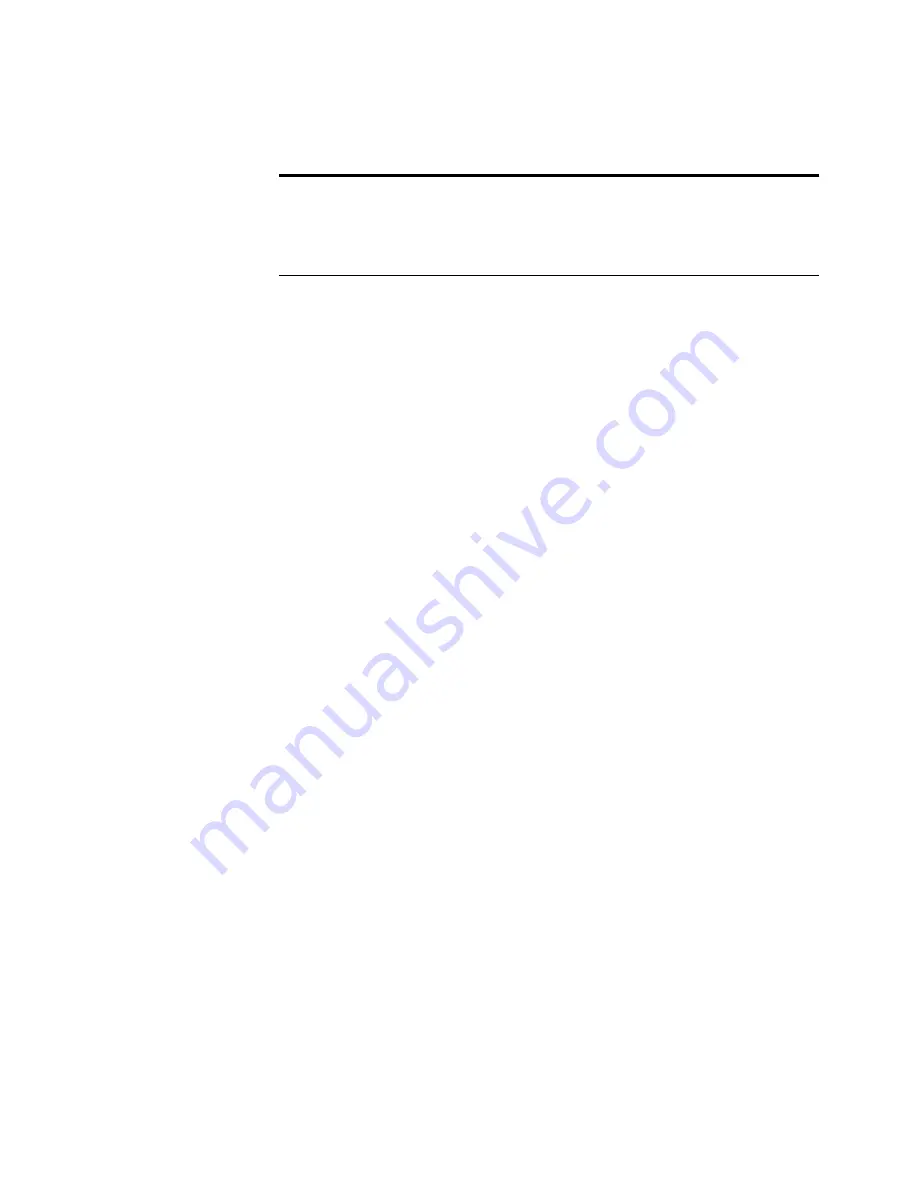
V
IEWING
ITEMS
IN
D
ESKTOP
V
IEW
13
U
SING
D
ESKTOP
V
IEW
Desktop View contains many features that help you to easily navigate
between folders and display items to perform a variety of actions.
Command Bar.
The buttons on the Command Bar are shortcuts for
commands on the menus. For example, clicking the Find button is the
same as choosing Find from the Search menu. The Command Bar
appears in both Desktop View and Page View, but most of the buttons
are different.
Folder View.
The Folder View is the left pane shown in Desktop View.
It contains the default folder (Visioneer Documents, unless you chose a
different folder at installation) and any other folders that you add to it.
The folders that you add to Folder View can be located anywhere on
your computer or located on any device connected to your computer,
such as folders on an external hard drive, Zip drive, or CD. After you
add a folder to Folder View, you can see all of its subfolders and items
(both PaperPort and non-PaperPort) in Desktop View. You can also
work with the folders and items, such as moving, copying, and
renaming items in Desktop View. For more information about using
Folder View to manage your items, see Chapter 3,
“Filing Items.”
Thumbnails of PaperPort items.
PaperPort thumbnails are small
representations of PaperPort items so that you can see the items at a
glance. To see an item at full size, use Page View.
Thumbnails of non-PaperPort items.
If an item is a non-PaperPort
item, such as a Microsoft Word or Microsoft Excel file, the item also
appears as a thumbnail. In addition, a small icon representing the
application that was used to create the item appears at the corner of the
thumbnail.
Tip: By default, the Desktop background is gray. If you prefer to use
your system default background color, deselect the gray option in the
Desktop Preferences. To display the preferences, choose Preferences
from the Edit menu, and then click the Desktop tab.
















































